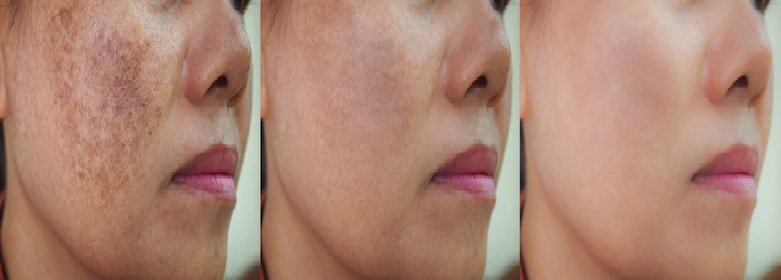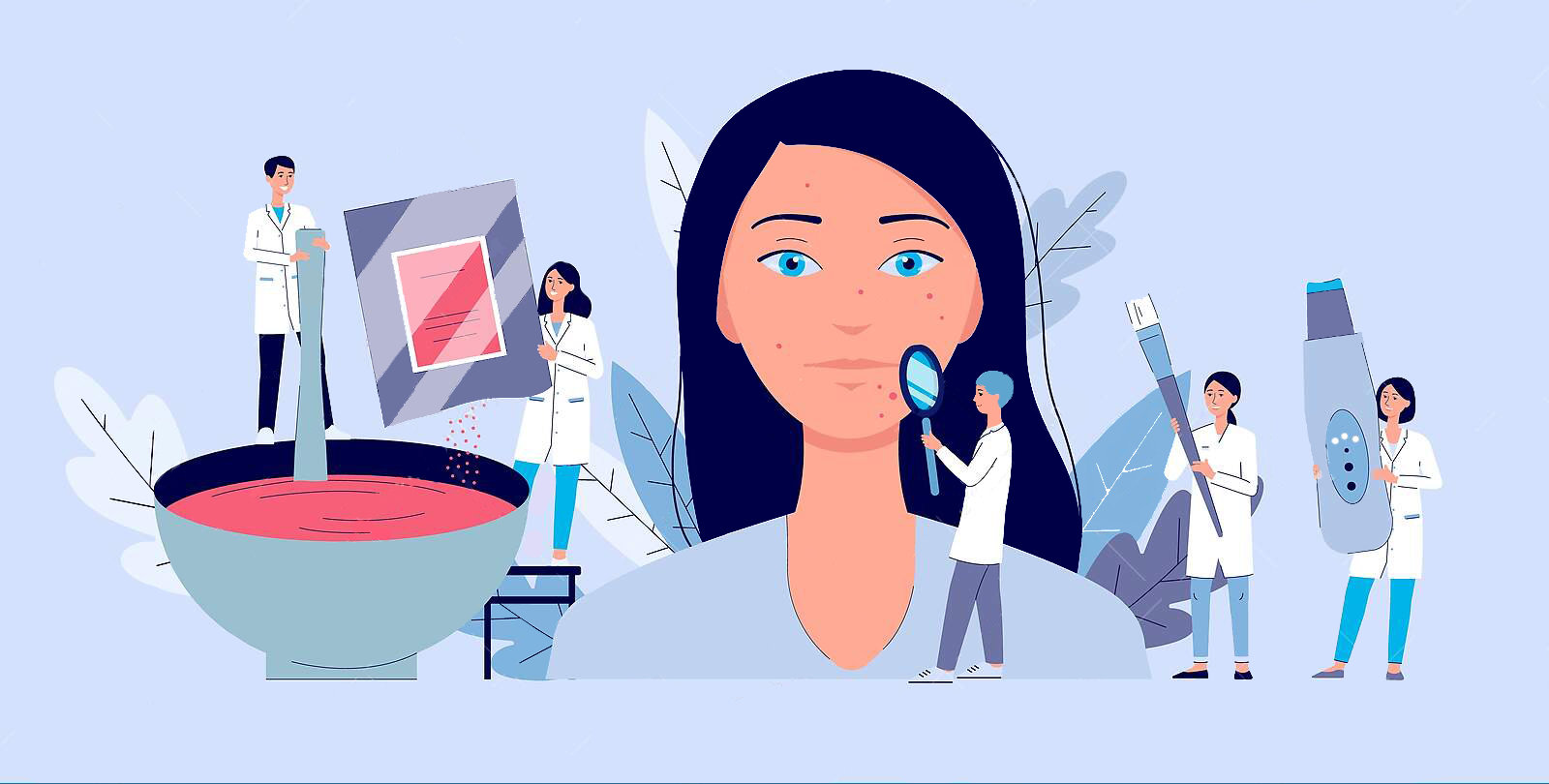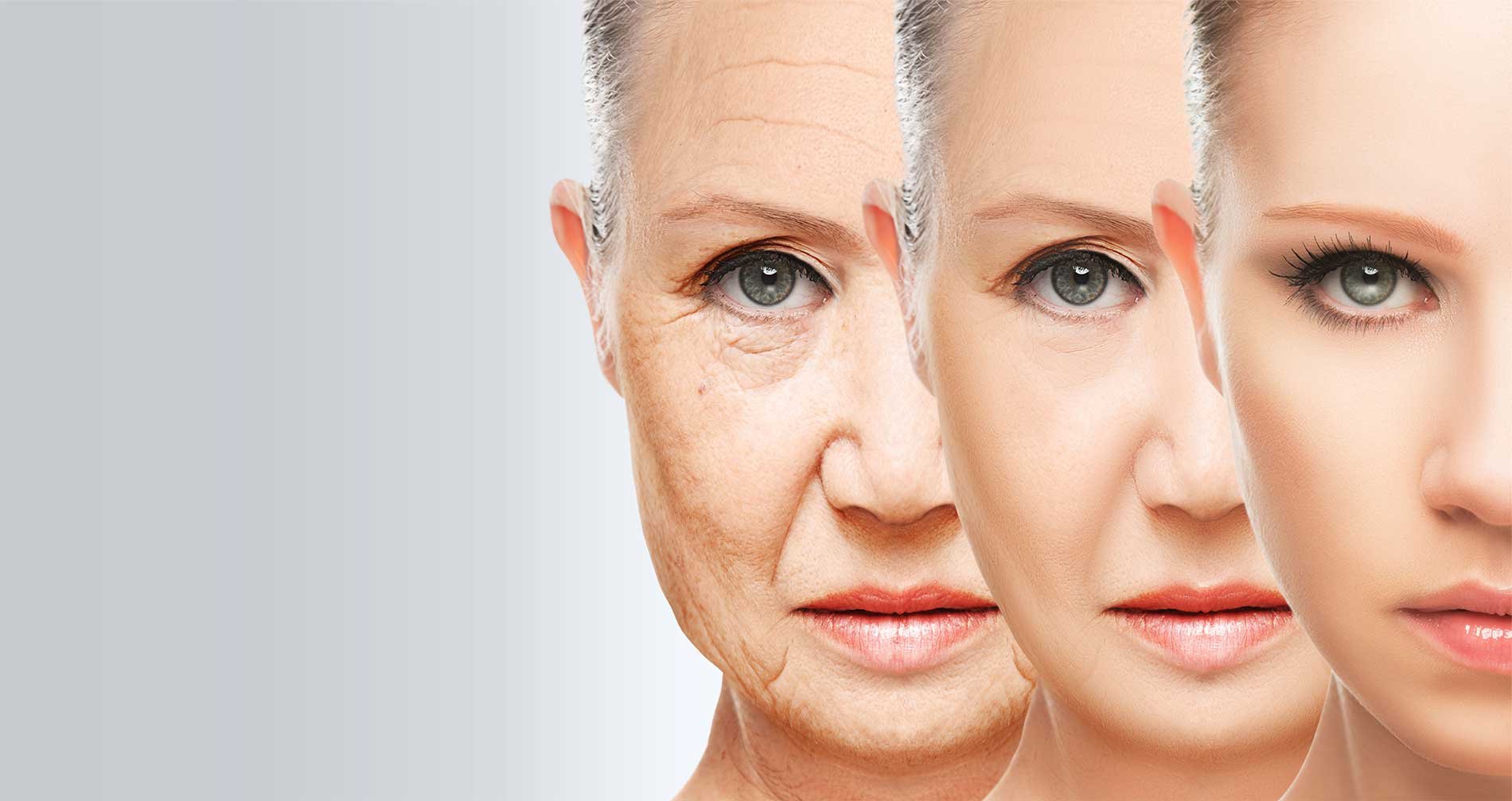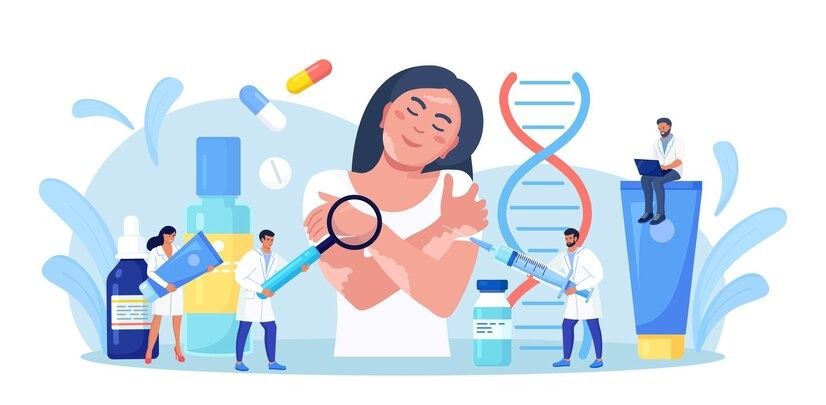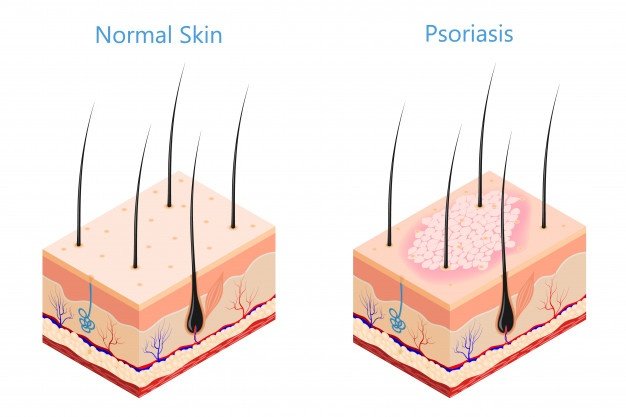
Psoriasis is a chronic condition that causes the rapid build-up of skin cells. This build-up of cells causes scaling on the skin’s surface. Inflammation and redness around the scales are fairly common. Psoriasis Treatment in Delhi can deliver you a better result. Typical psoriatic scales are whitish-silver and develop in thick, red patches. Sometimes, these patches will crack and bleed.
Psoriasis is the result of a sped-up skin production process. Typically, skin cells grow deep in the skin and slowly rise to the surface. Eventually, they fall off. The typical life cycle of a skin cell is one month.
In people with psoriasis, this production process may occur in just a few days. Because of this, skin cells don’t have time to fall off. This rapid, overproduction leads to the build-up of skin cells. Scales typically develop on joints, such as elbows, and knees. They may develop anywhere on the body, including the hands, feet, neck, scalp, and face. Less common types of psoriasis affect the nails, the mouth, and the area around the genitals.
Psoriasis Treatment in Delhi can be one of the life-saving options for you. Delhi has full of medical infrastructure wherein you can have the treatment and get successful results. Dermatologists in Faridabad, Delhi are well experienced and can provide you best results. Here, you would find numerous Dermatologists in Delhi.
What are the different types of psoriasis?
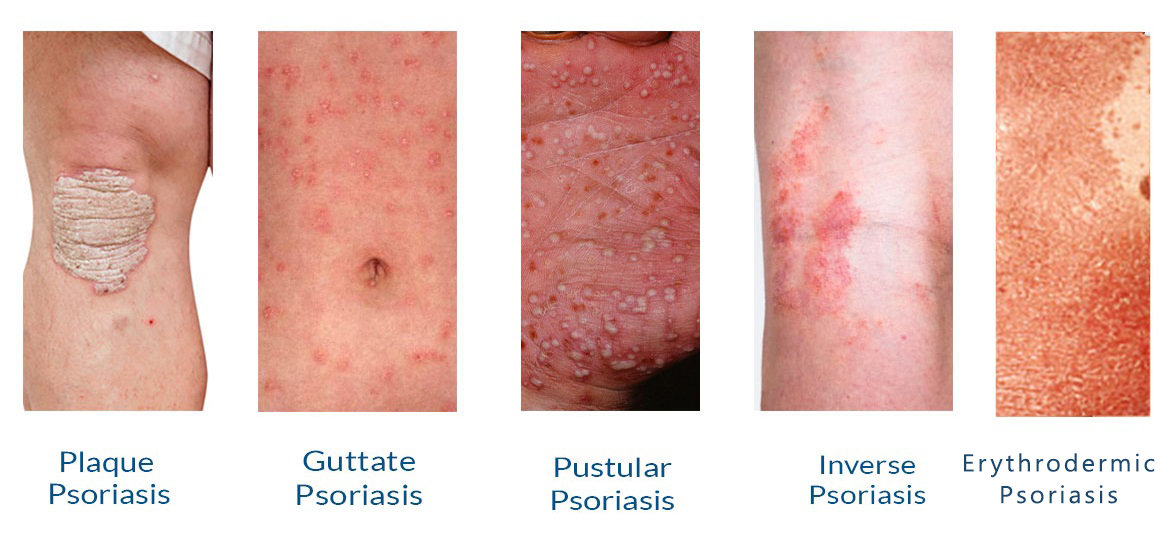
The 5 types of psoriasis and most common symptoms include:
- Inverse psoriasis: Inverse psoriasis causes bright areas of red, shiny, inflamed skin. Patches of inverse psoriasis develop under armpits or breasts, in the groin, or around skin folds in the genitals.
- Guttate psoriasis: Guttate psoriasis is common in childhood. This type of psoriasis causes small pink spots. The most common sites for guttate psoriasis include the torso, arms, and legs. These spots are rarely thick or raised like plaque psoriasis.
- Erythrodermic psoriasis: This type of psoriasis often covers large sections of the body at once and is very rare. The skin almost appears sunburned. Scales that develop often slough off in large sections or sheets. It’s not uncommon for a person with this type of psoriasis to run a fever or become very ill.
- Pustular psoriasis: Pustular psoriasis is more common in adults. It causes white, pus-filled blisters and broad areas of red, inflamed skin. Pustular psoriasis is typically localized to smaller areas of the body, such as the hands or feet, but it can be widespread.
- Plaque psoriasis: This is the most common type of psoriasis — about 80 percent of people with the condition have plaque psoriasis. It causes red, inflamed patches that cover areas of the skin. These patches are often covered with whitish-silver scales or plaques. These plaques are commonly found on the elbows, knees, and scalp.
What are the symptoms?
Psoriasis symptoms differ from person to person and depend on the type of psoriasis. Areas of psoriasis can be as small as a few flakes on the scalp, elbow, or cover the majority of the body. The most common symptoms of plaque psoriasis include:
- red, raised, inflamed patches of skin
- painful, swollen joints
- silver-white scales or plaques on the red patches
- thick pitted nails
- soreness around patches
- itching and burning sensations around patches
- dry skin that may crack and bleed
Not every person will experience all of these symptoms. Some people will experience entirely different symptoms if they have a less common type of psoriasis.
Most people with psoriasis go through “cycles” of symptoms. The condition may cause severe symptoms for a few days or weeks, and then the symptoms may clear up and be almost unnoticeable. Then, in a few weeks or if made worse by a common psoriasis trigger, the condition may flare up again. Sometimes, symptoms of psoriasis disappear completely.
When you have no active signs of the condition, you may be in “remission.” That doesn’t mean psoriasis won’t come back, but for now, you are symptom-free.
Treatment options for psoriasis
Treatments aim to reduce inflammation and scales, slow the growth of skin cells, and remove plaques. Psoriasis treatments fall into three categories: topical treatments, systemic medications, and light therapy. Stem cell treatment for psoriasis is also gaining popularity.
Topical treatments
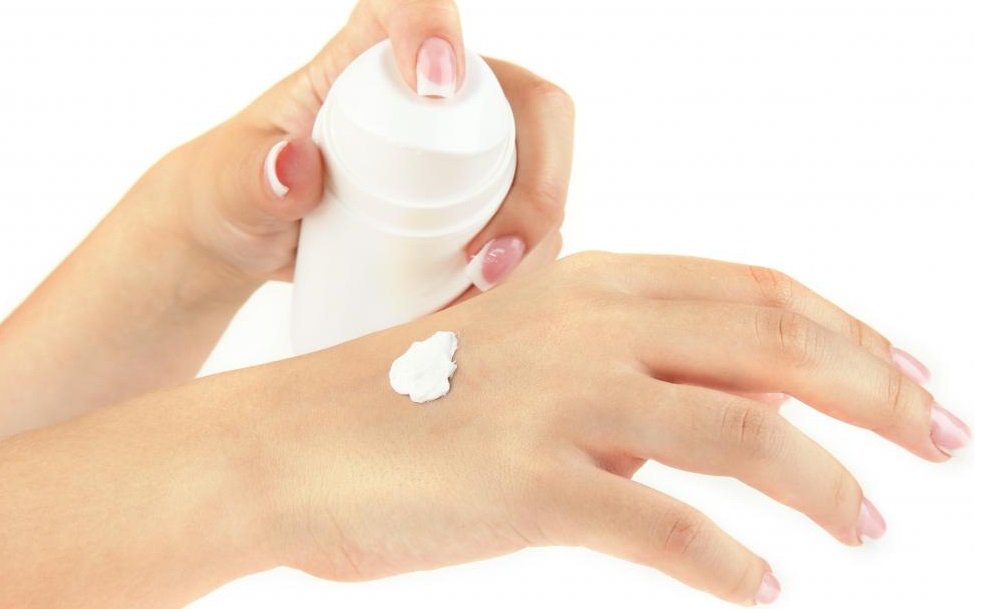
Creams and ointments applied directly to the skin can be helpful for reducing mild to moderate psoriasis. Topical psoriasis treatments include:
- Topical Corticosteroids
- Topical Retinoid
- Anthralin
- Vitamin D Analogues
- Salicylic Acid
- Moisturizer
Systemic medications
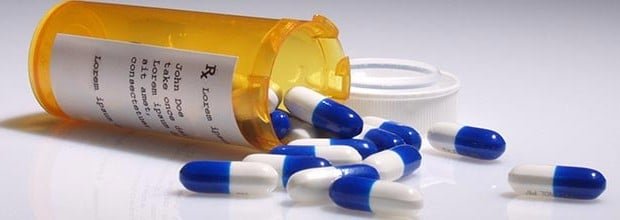
People with moderate to severe psoriasis, and those who have not responded well to other treatment types, may need to use oral or injected medications. Many of these medicines have severe side effects, so doctors usually prescribe them for short periods of time.
The medications include:
- Methotrexate
- Retinoid
- Biologics
- Cyclosporine
Light therapy
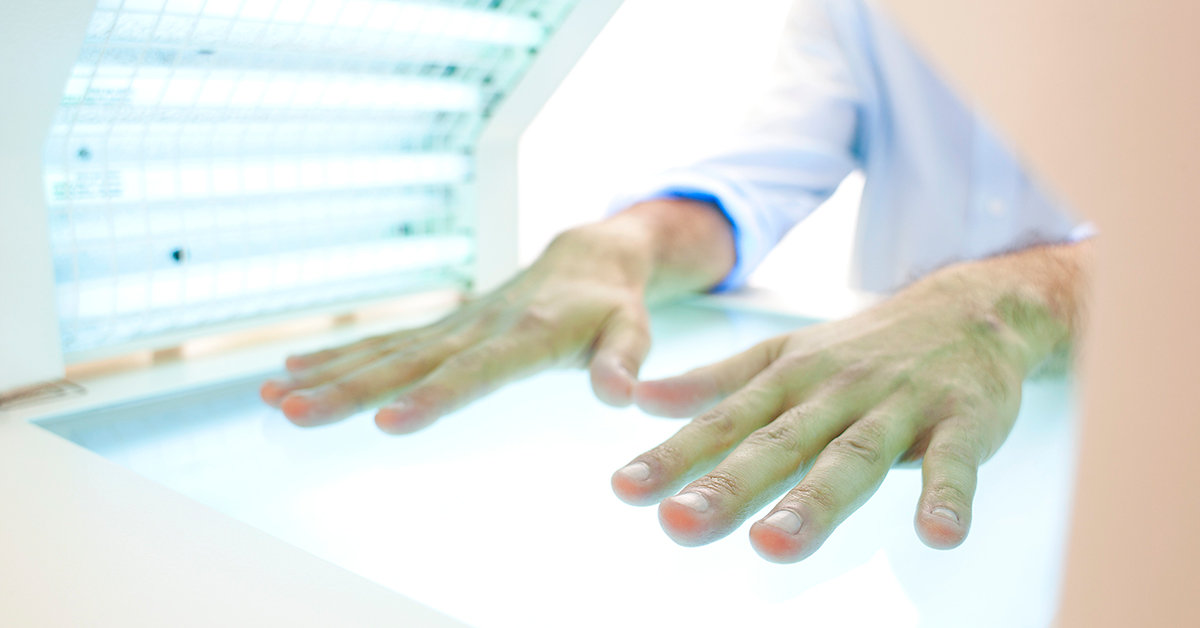
This psoriasis treatment uses ultraviolet (UV) or natural light. Sunlight kills the overactive white blood cells that are attacking healthy skin cells and causing rapid cell growth. Both UVA and UVB light may be helpful in reducing symptoms of mild to moderate psoriasis.
Most people with moderate to severe psoriasis will benefit from a combination of treatments. This type of therapy uses more than one of the treatment types to reduce symptoms. Some people may use the same treatment for their entire lives. Others may need to change treatments occasionally if their skin stops responding to what.



